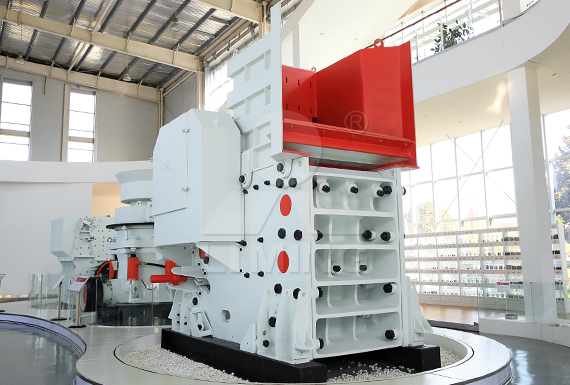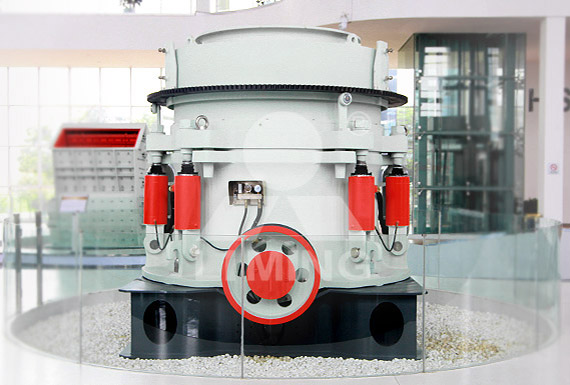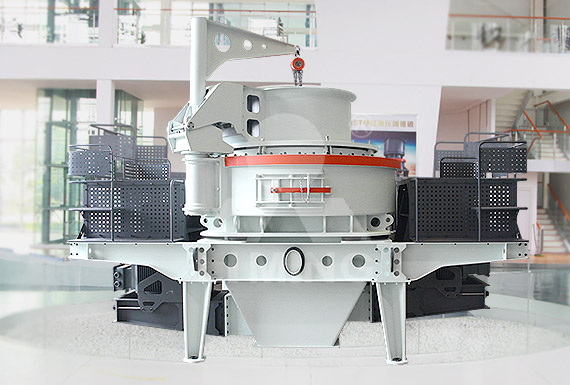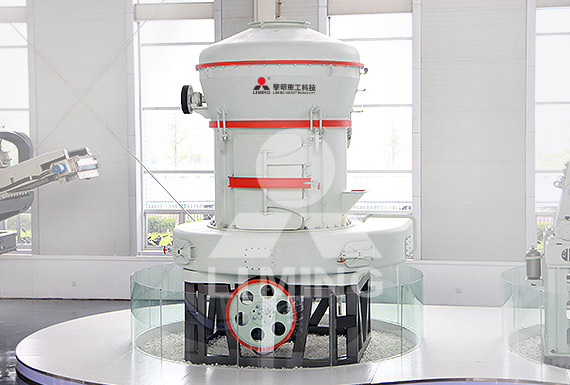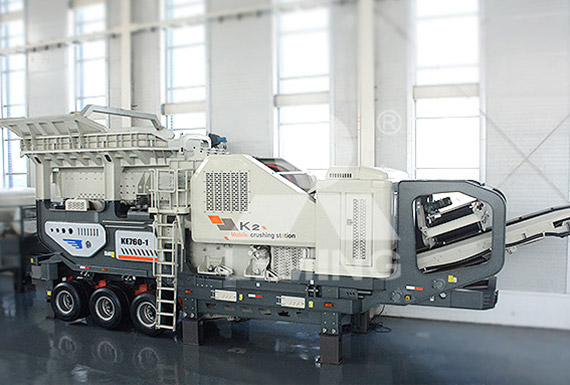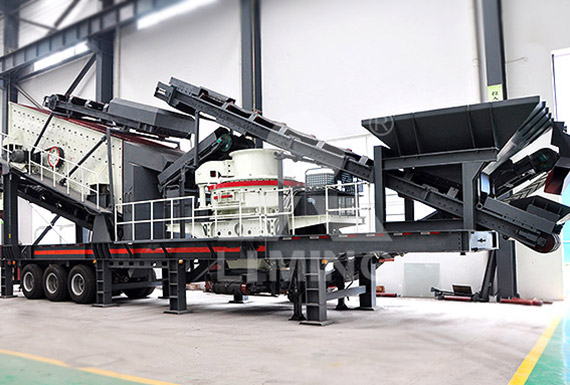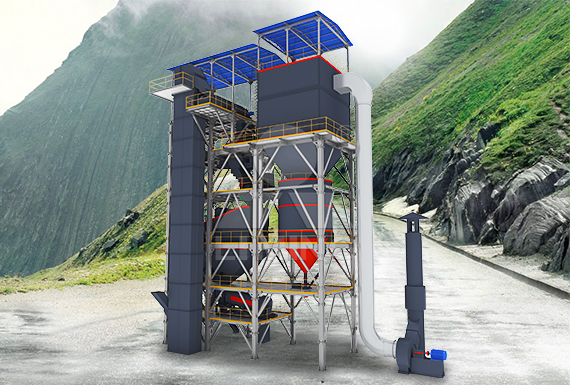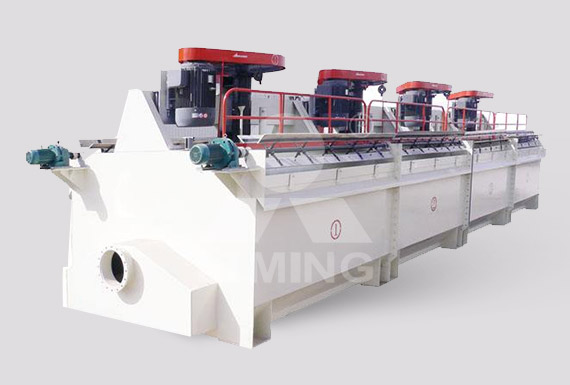المنتجات الساخنة

Quarrying and Mineral Extraction Somerset Wildlife Trust
2022-5-1 Somerset Wildlife Trust individually, and collectively part of the national Wildlife Trust movement, have a long history of positive engagement with the quarrying sector. Indeed some of our best nature reserves are exhausted quarry workings. We recognise that quarrying for non
Contact
How Quarrying Works For Mineral Extraction Axora
2022-3-31 Quarries are also used to extract dimension stone, including limestone, granite, and marble. A quarry is a mineral extraction site that doesn’t require tunnelling or a roof. This is because materials mined during quarrying are close to the earth’s surface. Even still, quarries
Contact
Quarrying and Mineral Extraction Why do we Quarry?
It was a good material with which to build castles, walls, churches and important buildings since it was strong and weather resistant. As the demand for stone grew, so did the demand for quarrying. During the Industrial Revolution demand soared. The Victorians used stone for all
Contact
What is Quarrying?
2022-5-21 Quarrying is the process of removing rock, sand, gravel or other minerals from the ground in order to use them to produce materials for construction or other uses. So, a quarry is
Contact
Mineral Extraction an overview ScienceDirect Topics
Mineral extraction (mining) and petroleum and gas production are major resource extraction activities that provide the raw materials to support our economic infrastructure. An enormous
Contact
Mining and Quarrying an overview ScienceDirect Topics
Mining and quarrying. Mining is the process of extracting buried material below the earth surface. Quarrying refers to extracting materials directly from the surface. In mining and quarrying,
Contact
Quarrying and Mineral Extraction What
Sand and gravel extraction may often leave behind large water filled pits. These pits, if managed correctly, may become valuable wildlife habitats for wetland and water creatures. Sometimes they are also used as leisure lakes for water
Contact
B MINING AND QUARRYING
B MINING AND QUARRYING Mining and quarrying include the extraction of minerals occurring naturally as solids (coal and ores), liquids (petroleum) or gases (natural gas). Extraction can
Contact
What is Quarrying? quarry.au
Quarrying is defined as any mineral extraction work that is done on the surface of the earth. While, mining typically occurs beneath the earth’s surface and in enclosed spaces. In
Contact
Mining and Quarrying U.S. Geological Survey
Statistics and information on mining and quarrying trends. Subscribe to receive an email notification when a new publication is added to this page. On the Questions tab of the
Contact
How Quarrying Works For Mineral Extraction Axora
2022-3-31 Quarries are also used to extract dimension stone, including limestone, granite, and marble. A quarry is a mineral extraction site that doesn’t require tunnelling or a roof. This is because materials mined during quarrying are close to the earth’s surface. Even still, quarries have to be dug very deep, with the largest one running 120km
Contact
Mineral Extraction: Quarrying, Mining and Mining
2019-2-15 Mineral Extraction: Quarrying, Mining and Mining Settlements Past mining and quarrying activity has created widespread and, in some areas, a fundamental social, economic and environmental legacy. Their physical remains, associated settlement and infrastructure form a significant part of today’s historic environment.
Contact
Quarrying and Mineral Extraction Why do we Quarry?
It was a good material with which to build castles, walls, churches and important buildings since it was strong and weather resistant. As the demand for stone grew, so did the demand for quarrying. During the Industrial Revolution demand soared. The Victorians used stone for all their major buildings and with better transport and new technology
Contact
Quarrying and Mineral Extraction What
Sand and gravel extraction may often leave behind large water filled pits. These pits, if managed correctly, may become valuable wildlife habitats for wetland and water creatures. Sometimes they are also used as leisure lakes for water
Contact
B MINING AND QUARRYING
B MINING AND QUARRYING Mining and quarrying include the extraction of minerals occurring naturally as solids (coal and ores), liquids (petroleum) or gases (natural gas). Extraction can be achieved by different methods such as underground or surface mining, well operation, seabed mining etc. This section includes supplementary activities aimed at preparing the crude
Contact
Surface mineral extraction :: Banks Group
2022-5-25 Surface mineral extraction process. Quarrying or surface mineral extraction is an operation that involves the recovery of shallow mineral deposits from the ground through the removal of overlying rock by excavators and dump trucks. Typically quarries work to depths of 50 to 100m. Sites are carefully designed to ensure maximum mineral recovery
Contact
Opencast Mining (Quarrying): Methods, Advantages
2022-5-14 Extraction of Coal. Advantages of Quarrying. Disadvantages of Quarrying. 1. What is Opencast Mining? : ADVERTISEMENTS: Opencast mining or quarrying of minerals is easier than mining by underground methods. During quarrying the alluvium and rocks below which the minerals lie, are removed and dumped, in the initial stages, in a place which is not
Contact
Nonmetallic mineral miningquarrying Data USA
2021-11-16 The top three occupations in the Nonmetallic mineral miningquarrying Industry Group are Driver/sales workerstruck drivers, Miscellaneous extraction workers, including roof boltershelpers, Mining machine operators, Construction equipment operators, and Firstline supervisors of construction tradesextraction workers. On average, full-time employees in
Contact
Geoconservation, Quarrying and Mining: Opportunities
Mineral extraction can, in some circumstances, damage and destroy elements of geoheritage, especially where it coincides with finite features such as caves or karst, which are irreplaceable if lost.
Contact
The Environmental Impacts of Mining and Quarrying
Environmental Impacts Commonly Associated with Mining and Quarrying Deep mining refers to the extraction of deep-lying mineral resources such as coal from subsurface workings. It usually involves driving a vertical shaft from the surface to the level of the mineral deposits, which are then accessed by means of horizontal tunnels.
Contact
Quarrying and Mineral Extraction Why do we Quarry?
It was a good material with which to build castles, walls, churches and important buildings since it was strong and weather resistant. As the demand for stone grew, so did the demand for quarrying. During the Industrial Revolution demand soared. The Victorians used stone for all their major buildings and with better transport and new technology
Contact
Mineral Extraction: Quarrying, Mining and Mining
2019-2-15 Historic England's role in researching mining and quarrying heritage As government’s adviser on the historic environment and as a statutory consultee to local planning authorities and mineral planning authorities, Historic England provides advice on the significance, designation and management of historic remains relating to the minerals industry.
Contact
Quarrying and Mineral Extraction What
Sand and gravel extraction may often leave behind large water filled pits. These pits, if managed correctly, may become valuable wildlife habitats for wetland and water creatures. Sometimes they are also used as leisure lakes for water
Contact
Quarrying and Other Minerals Request PDF
This chapter is an introduction to the significance of quarrying from the point of view of anthropogenic geomorphology. As a consequence of the extraction of mineral raw materials, so-called
Contact
Mining and quarrying extraction activities
2017-4-19 In particular, quarrying minerals extraction was equal to 172.9 million tons and mining minerals extraction to 12.8 million of tons, respectively decreasing by -3.8% and -16.3% compared to 2013. For information. Donatella Vignani vignani@ istat.it ph. +39 06 4673.4936. Maria Di Gennaro [email protected] ph. +39 06 4673.4326. Economic trends web
Contact
Mineral mining and quarrying competencies
2022-3-23 Addition of competency for ventilation officer to support changes to the Mining and Quarrying Safety and Health Act 1999 made in the Mines Legislation (Resources Safety) Amendment Act 2018. Agreed update to site senior executive competencies for surface mines and quarries, including if blasting is to take place.
Contact
Opencast Mining (Quarrying): Methods, Advantages
2022-5-14 Extraction of Coal. Advantages of Quarrying. Disadvantages of Quarrying. 1. What is Opencast Mining? : ADVERTISEMENTS: Opencast mining or quarrying of minerals is easier than mining by underground methods. During quarrying the alluvium and rocks below which the minerals lie, are removed and dumped, in the initial stages, in a place which is not
Contact
Geoconservation, Quarrying and Mining: Opportunities
Mineral extraction can, in some circumstances, damage and destroy elements of geoheritage, especially where it coincides with finite features such as caves or karst, which are irreplaceable if lost.
Contact
Nonmetallic Mineral Mining and Quarrying: Wages,
According to dato from Economic Census 2014, Nonmetallic Mineral Mining and Quarrying had a total of 1,738 economic units and the municipalities with the highest number of economic units were Puebla (140), Copala (137), and Zapotitlán (85). Total income eached $4.58B MX and the municipalities with the highest income were Zaragoza ($927M MX), Gómez Palacio ($286M
Contact
Statistics on mining and quarrying extraction activities
2019-1-22 Mining and Quarrying extraction activities”, related to non-energy producing mineral resources extraction (in physical units of weight), by mineral type and by extraction site at regional level (years 2015 and 2016). The first (2015-2016) and the second wave of the survey (2017-2018) were both a response to a fragmentary supply of statistics
Contact